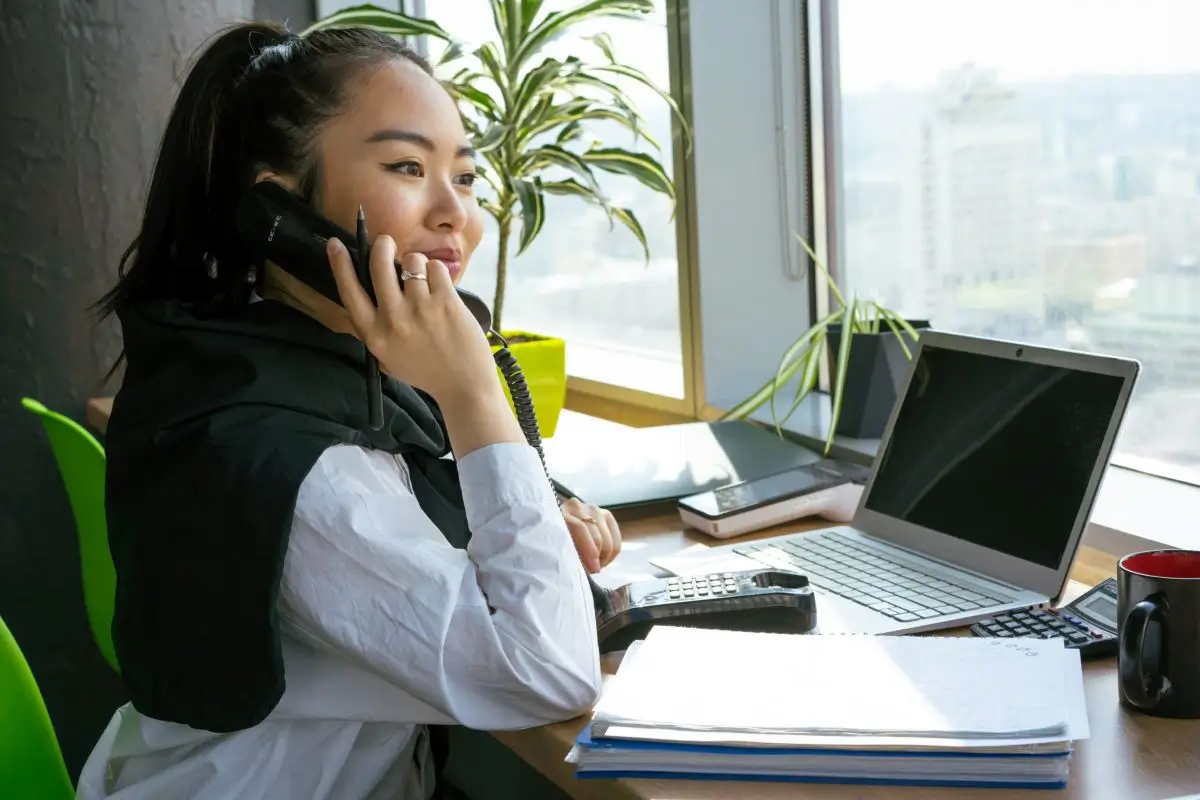Having that extra emergency savings is a great way to give yourself a buffer just in case something happens, and guess what something always happens.

Have you ever had something working and suddenly it stops or breaks for no reason. Out of the blue bang!, either a laptop, washing machine or your microwave? That happened to me by the way last month, my washing machine broke, just packed up!.
These unexpected financial nuisances as I like to call them tend to happen at times when you least expect it. Wouldn’t it be nice to have something to fall back on when such events happen in our lives, oh yes, hence the Emergency Fund.
Without an emergency fund, you find that the next best thing is to put your hand in your pocket and the credit card appears.
What is an Emergency Fund and Do I Need One?
An emergency fund is a pot of money that you intentionally build up and set aside for a rainy day. Will it rain, yes it will and on that day, guess what if you forgot your brolly at home, you will be rained upon.
So, an emergency fund helps to weather that storm when life hits the proverbial. Sometimes it could be that you fall ill, you lose your job, the car breaks down, and without the funds, you can then become stressed trying to find the money to replace the item or pay the bills. An emergency fund acts as a buffer in these circumstances.
If you want to reduce the stress in your life, building an emergency fund is one of the very first things to do in your money journey.
It gives you peace of mind, it strengthens your resolve, it also alleviates fear, should I dare say it gives you comfort too.
How Do I Build It?
- Decide on how much you need: Everyone’s needs are unique to themselves. You want to save between 3 – 6 months of monthly expenses, for example, I need £1,800 every month. In this instance, I would need 1800 x 3 months to start off with. This is £5400. You might need more or less.
- Have a Plan: Decide at the onset what the emergency money is going to be used for. For example, buying a present for your friend’s wedding is not an emergency, especially as you would have known that your friend was getting married and you should have a wedding sinking fund for that.
- Set up a standing order: This helps to stay focused and on track otherwise there would be months, that you either forget or you decide to treat yourself and you end up overspending thereby not having enough for the Emergency Fund.
- Replenish if you draw down on the funds: The fund needs to be kept topped up. The emergency fund would get used sometime in the future for the intended purpose, an emergency. Buying a jacket for your friend’s birthday is not an emergency and upgrading your laptop or phone is not an emergency. So once you have used some of it, once you get back on your feet again, make sure that you start refilling the funds again.
- Review it every 4 months: Your expenses are bound to change as you go along, so it is a good idea to review it either every quarter or half-yearly. The could either go up or down, but due to inflation, I dare say it generally goes up.
Where Do I Put My Emergency Fund?
This should ideally be in a place where you can readily have access to but not where it will be tempting to spend it.
Start Small, Automate
For a lot of people, saving for an emergency fund is a new phenomenon, if this is you, then I would suggest that you start small with an amount that you are comfortable with and slowly build it up as the months go by.
One way to ensure that you don’t think about it too much and you don’t get tempted to stop is to have it automated. As soon as you get paid, it goes straight into the designated savings account.
Start small with an amount that you know that you can afford and increase it if your income increases or you get additional bonuses.


